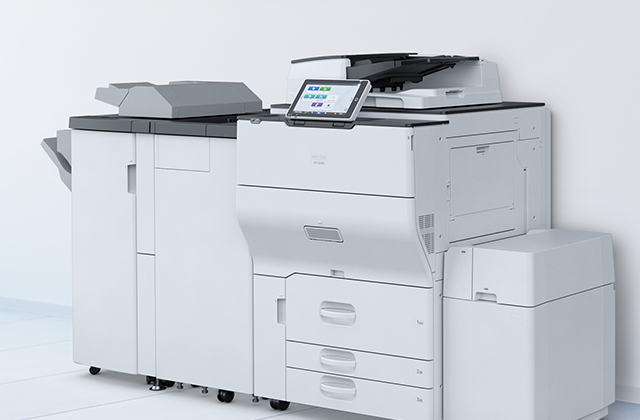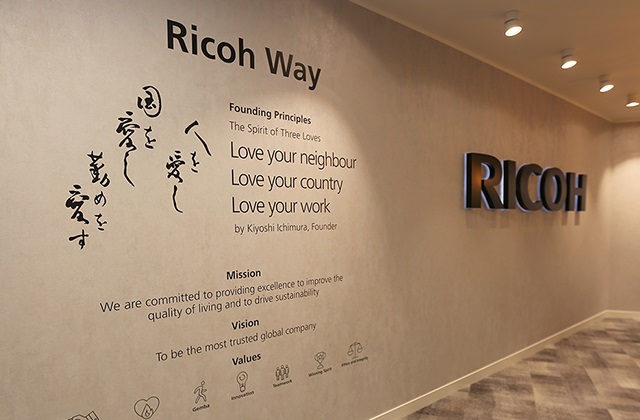How implementing process automation sets your business up to harness the power of AI

Setting up for success
As 2024 begins, many businesses are continuing to struggle in the face of an unpredictable global economy, fierce competition and constantly shifting customer and market demands. In response to this, companies are looking for ways to improve efficiencies, while simultaneously keeping employee retention and satisfaction in check.
It’s no secret that digital transformation can help organisations achieve these goals. However, our new research found that 42% of European employees believe that their employers lag behind when it comes to adopting the technologies that would benefit them in the workplace.
Last year, Generative artificial intelligence (GenAI) emerged as a powerful force reshaping the technological landscape. In 2024, we can expect to see an increasing number of businesses exploring the benefits of GenAI-powered technologies to fulfil their growth and productivity ambitions. However, to unlock the substantial business value offered by Gen AI, companies must first prioritise their employees’ needs by deploying essential process automation solutions and integrating these digital tools seamlessly to enhance operational efficiency.
Mapping out the business
Different departments, from human resources (HR) and procurement, to accounting and finance, benefit from different process automation tools and applications. In order to make the most of these, businesses should begin with a comprehensive assessment of existing workflows to identify where they are facing pain points, in order to pinpoint areas that require improvement. This contributes to a well-defined strategy that can then be created to help automate the right processes, improving efficiencies and reduce errors while lowering costs in both the short and long-term.
The key benefit of embracing business process automation is in helping employees cut down on time spent on low-value tasks. Our research found that over half (59%) of European employees are bogged down by high administrative burdens in the workplace. Reducing this stressor, provides opportunity to improve both employee productivity and satisfaction as employees can focus on more engaging and cognitively demanding tasks.
However, before implementing process automation, it is critical to have full stakeholder buy-in across departments and roles. This includes employees, who should be involved from the very beginning to ensure their needs and requirements are being catered for before a decision is made about which workflow to improve. Once a business is confident they have everyone on-board, they should first look to test the new solution before deploying it. This will help ensure potential issues or risks are mitigated before the implementation is rolled out across the organisation.

Conducting the orchestra
When an organisation fully begins implementing process automation and is seeing positive improvements in efficiency and performance, it opens the door to think more ambitiously about automation across a wider scale. Process automation should not be seen as a one-and-done project, but rather as an ongoing journey to identify new areas ripe for automation.
This is where businesses could start thinking about process orchestration, which is the coordination and prioritisation of the order in which multiple process and systems are executed. The technology is like the conductor of an orchestra, creating digital harmony between various parts of a business’ operations. For example, finance departments in charge of payrolls often need to use various applications such as ServiceNow, SAP and Calendly. Our Ricoh engagement layer acts as a connection point between users and the multiple systems connected to the platform, facilitating interaction and engagement between people, processes, and technologies.
As another example, an engagement layer can be leveraged by HR departments to provide a first point of contact for all employees. This engagement layer will offer a seamless employee experience that is easily accessible digitally, offers up-to-date information through a self-service interface and ensures consistent service for all workers. In turn, implementing process orchestration reduces manual intervention, minimises errors, and enhances efficiencies, giving workers time back to focus on more pressing tasks.
Tapping into emerging technologies
Once the right process automation and orchestration solutions have been established, cutting edge technologies such as GenAI can help further streamline processes. Working with our own IP and strategic partner solutions, Ricoh is already delivering advanced process automation and orchestration projects to customers which leverage the abilities of AI.
Looking ahead, it will be the businesses that embrace the evolution of automation – the combined use of advanced technologies including AI, orchestration, machine learning and robotic process automation – who will be able to continually improve efficiencies, as day to day tasks become increasingly streamlined.
Bringing your employees on your process automation journey
Businesses that do not implement process automation and orchestration solutions risk not only missing out on improved efficiencies, but losing workers who may seek alternate employment where their needs are met. In fact, almost a fifth of employees we surveyed raised the quality of technology software and technological devices as a leading contributor to them seeking alternate employment.
While many businesses are eager to capitalise on emerging technologies such as AI, businesses must remember that a successful digital transformation strategy relies on employees being on board with technological changes. A strong foundation of process automation and orchestration solutions is the cornerstone to creating fertile ground for incorporating AI innovations.

Óscar Mazón
Senior Product Manager Process Automation at Ricoh Europe














